CONVERTIBLE TOP OPERATION REPRINT OF SERVICE ALERT 92-2

CONVERTIBLE TOP OPERATION - 1990-93 CUTLASS SUPREME CONVERTIBLE (Section No. 10-9)
If a customer comes to the dealership with a complaint that the convertible is difficult to latch, leaks water, will not raise or lower or is difficult to raise or lower, it is imperative that you verify that the owner, in fact, is following the correct operating procedures. The following information shows detailed operation of raising and lowering the top. This information is a reprint from Service ALERT 92-2 and the 1993 Cutlass Supreme Owner's Manual Supplement.
Features
The Cutlass Supreme convertible top is unique in that the sides open outward as the top is opened. This allows the vehicle to accommodate five passengers, with seating for three in the rear.
The rear window is tempered glass, not plastic as in other convertibles. This glass provides unlimited rear window life, and has an available option, a heating element for inclement weather.
The Cutlass Supreme body is modified, for convertible top use, with many sheet metal braces. These braces reinforce the body, but do not completely eliminate all body shake. Some shake, such as in the instrument panel area, is normal.
Raising (Closing) The Top
Closing the top can be a simple operation if done correctly. Many concerns about the top occur because the top is not being closed properly. Correct convertible top operation is the first thing your Service Advisor should discuss with the customer when there is a "hard-to-close" type of concern. The main reason this article is being reprinted is to emphasize to technicians that you must understand the correct procedure for raising or lowering the top before making adjustments. This is the reason why raising the top is discussed first.
Before attempting to close the top, remove the protective boot, lower all the windows, and swing both sun visors down. All four windows can be easily lowered by simultaneously pressing both rear window down switches ("All Down" feature). Lowering the windows prevents weatherstrip damage and alllows proper alignment and closing of the latches (See Figure 1). The boot should be folded and placed in its protective cover in the trunk. To prevent mildew, make sure the boot is dry before stowing and be sure that the trunk lid is closed (See Figure 2).
Closing
Start the engine to provide the hydraulic motor with the maximum available voltage and current. The parking brake should be applied and the gear selector should be in "Park" (See Figure 3). Press the convertible top "UP" switch and hold it until the front of the top is just above the windshield header, Stop and make sure both latches are fully open (See Figure 4). Now press the top "UP" switch again until the motor drives the top pins into the windshield header. The motor sound will change from a whine to a low growl as the top is driven completely into place. Continue pressing the top "UP" switch while swinging both latches into the lock position (See Figure 5).
This last step is particularly important. The top latches are designed to snug the top against the windshield header. They are not designed to pull the top forward to the header. Release the switch only after both header latches are latched.
Following this procedure should allow the top to close easily and completely. If it does not, there are two temporary problems that might prevent top closure.
If the temperature is colder than normal, or if the top has been left in the down position for an extended period, the vinyl can contract. (The effect of temperature or time may vary with the age of the top.) For either of these situations, advise the customer to warm the top in the sun or in a heated garage before attempting to close and latch it (See Figures 6 and 7).
Lowering (Opening) The Top
Lowering the top uses very similar procedures as raising it. All windows must be down (use the "All Down" feature), both sun visors down, the parking brake applied, the gear selector in "park", the trunk closed, and the engine running (See Figure 8).
Loosen the headliner over the latch handles by releasing the Velcro strips. Pull out both latch handles completely so they curve toward the front of the vehicle. The two latch hooks should come loose from the windshield header. If the top has been in the closed position for a long time, it may stick to the windshield header molding. Release it by gently pushing upward on the front bow (See Figure 9). Before proceeding, check to make sure that nothing has been inadvertently stowed in the top storage well located behind the back seat.
Using the boot when the top is down will help extend the life of the top cover. The folded top vinyl should be tucked under the belt molding around the lowered top and both latch handles must be closed before the boot is attached. Remove the boot from the protective bag in the trunk and loosely center it over the collapsed top.
Important: The rear of the boot must be attached before the front.
Place the tabs and the outer boot seam under the belt molding around the lowered top. Tuck the top material underneath the boot as needed to get the boot seam and tabs into place.
Lower the two forward outer comers and secure them by pressing down on the Velcro strips and boot snaps. Finally secure the center of the boot at the top edge of the rear seat by tucking the plastic channel (at the front) over the flange (1990 and 1991 models) or pressing the Velcro strip halves together (1992-93 models).
If there is still difficulty lowering or raising the top after all procedures have been closely followed, adjustments may be required. We do not recommend making any adjustments until all operation procedures have been followed.
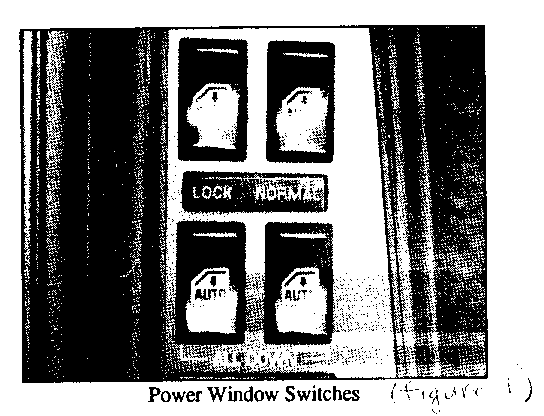
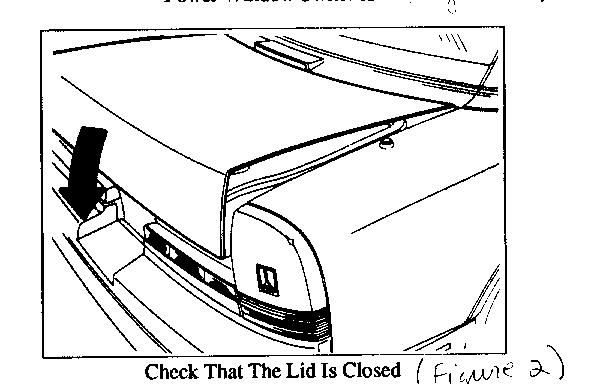

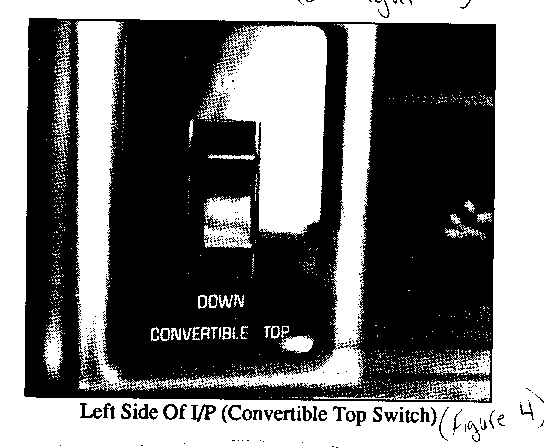
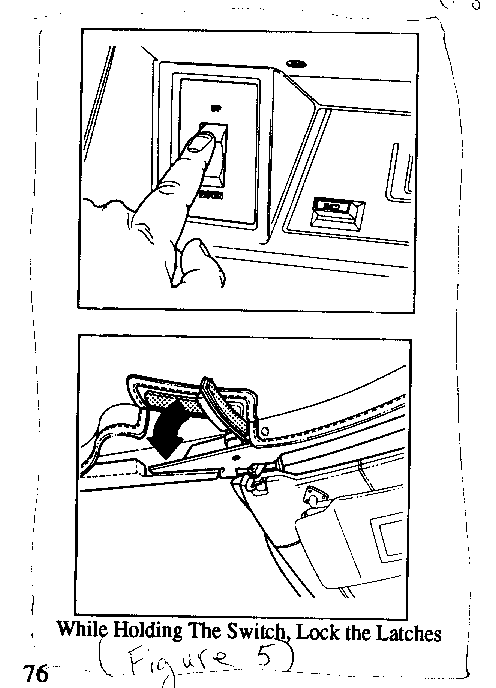
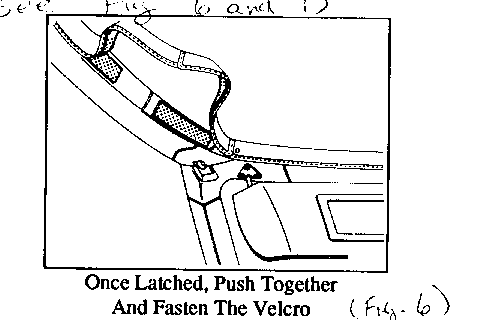
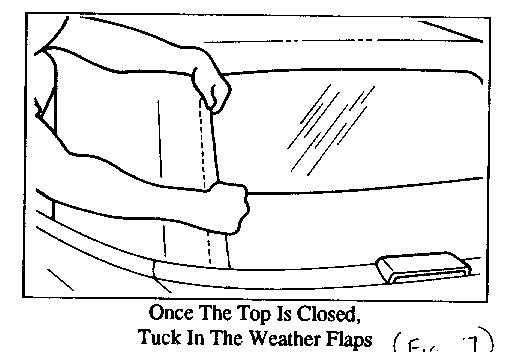
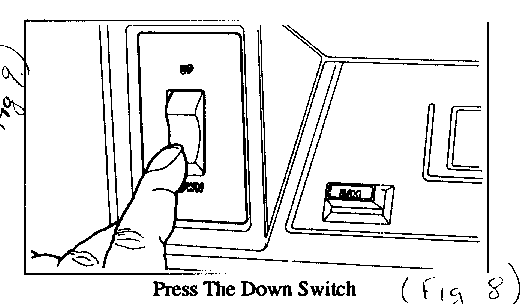
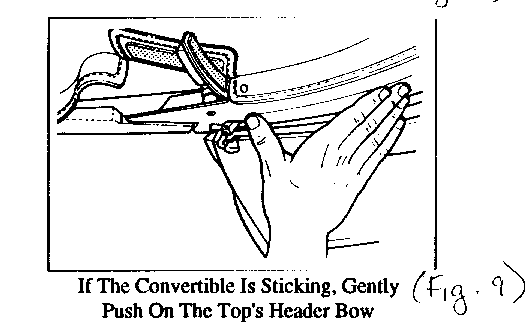
General Motors bulletins are intended for use by professional technicians, not a "do-it-yourselfer". They are written to inform those technicians of conditions that may occur on some vehicles, or to provide information that could assist in the proper service of a vehicle. Properly trained technicians have the equipment, tools, safety instructions and know-how to do a job properly and safely. If a condition is described, do not assume that the bulletin applies to your vehicle, or that your vehicle will have that condition. See a General Motors dealer servicing your brand of General Motors vehicle for information on whether your vehicle may benefit from the information.
